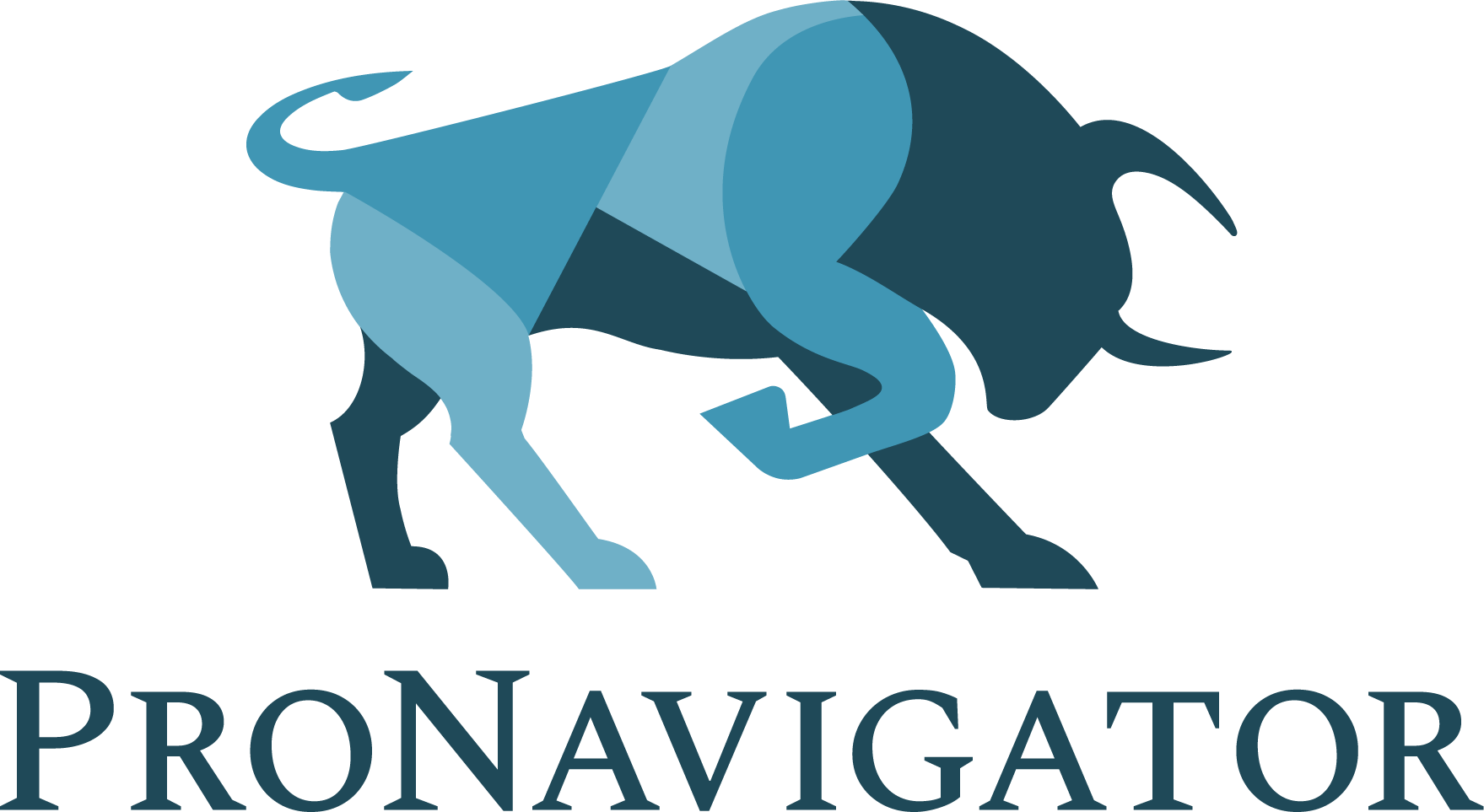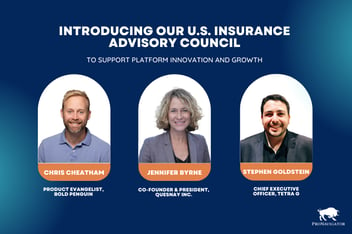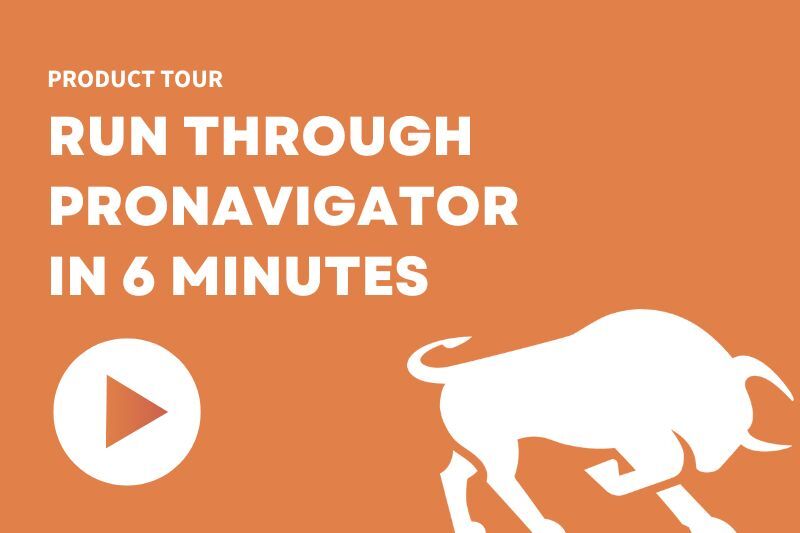
In the past, prevention strategies for employee burnout have focused on ‘giving people ice cream when they need water’ as Jennifer Moss, workplace wellness expert and acclaimed author of ‘The Burnout Epidemic’, explained.
In her webinar keynote, she gave details on sobering research data gathered from thousands of respondents in 46 countries - including the hard truth that 67% of workers felt they couldn’t discuss mental health at work.
According to Moss, the COVID pandemic had a huge impact on burnout, leading to 30% more workload or a workday that is three hours longer, and an explosion of emails and meetings, which increased by 252% from 2020.
Moss cites six root causes for burnout at work:
- Overwork
- Lack of control
- Insufficient rewards
- Loneliness
- Lack of fairness
- Mismatched skills
Taking into account these underlying causes of burnout and a culture of ‘toxic productivity’ impacting women and minorities disproportionately, Moss lays out the evolution of burnout and how to prevent it in the new future of work. A key component is the Model of ‘Happy, Healthy, High-Performing People (HEROGEM)’ that emphasizes qualities such as resilience, gratitude, and empathy.
Her practical advice for preventing burnout?
- Cut down on meetings in necessity, length and attendees
- Invest in social care by becoming ‘professional eavesdroppers’
- Decrease workload and document changes
- Digitally detox and schedule breaks
So far so good - but what does it all mean for insurance?
For panelist Nick Lamparelli, long-time insurance executive and insurtech founder, it comes down to the digital transformation the insurance industry is undergoing and the additional pressure it puts onto employees - which he likened to the equivalent of ‘changing a flat tire at 65 mph.’ And often, he notes, front-line staff are asked to do double duty, taking on transformation workload while maintaining their day-to-day accountabilities. This burden is exacerbated by the significant timelines and change management requirements of typical IT implementations.
Moss adds that insurance is an industry where flags have been raised about the need to adopt technology for some time. When the pandemic hit and digitization had to be accelerated, leaders and employees weren't ready with the skills, technology , and knowledge needed to make the shift. And this is what out team at ProNavigator heard as well: employees have been asking for years to see changes today that will make their work easier tomorrow.
Colin Laird, SVP Operations at Berkley Canada, notes that insurance claims teams often bear the brunt of the impact of helping others with loss, and with the pandemic, are now facing their own stresses in addition to those of their clients.
Laird reflected as well on the fact that these challenges are not unique to the industry and that for years toxic productivity and behaviors that promote burnout, including working late nights and significant overtime, have been rewarded by leadership.
Asked about steps insurance organizations can take to combat burnout, Lamparelli gave the analogy of sports teams whose athletes get the best technology and resources in order to win on the playing field which results in better business outcomes. Why, he asked, isn’t it the same way in insurance companies? The tone at the top needs to change, he says, so that understanding how technology can best support staff and investing in the right tools that gives them time back becomes second nature for insurance leaders.
Laird agrees. For him, it’s all about training leadership to provide flexible work arrangements and a safe environment based on trust. ‘Life shouldn’t revolve around work, but work should revolve around life,’ said Laird. For smart companies who move in that direction, Lair believes that can create a new layer of competitive advantage, so that employees, customers, and the bottom line all benefit.
Missed the webinar or curious to watch Jennifer’s entire keynote and the panel discussion? You can now watch it on-demand for a limited time. WATCH NOW.

Stacey is the Director of People and Culture at ProNavigator. She often writes or blogs about corporate culture, hiring, and employee engagement.





